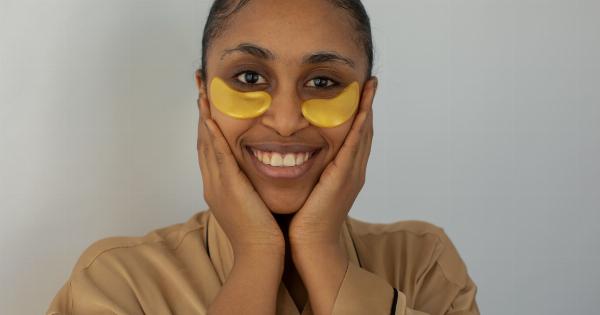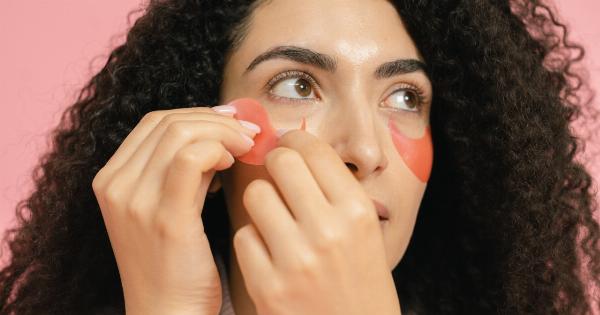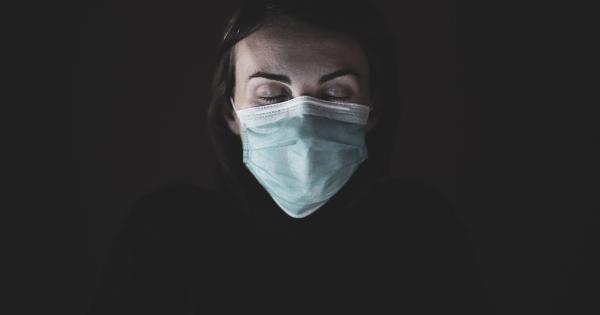Have you ever glanced in the mirror to find that your eyes are red? This can be a source of concern for many people, as it can indicate an underlying medical issue or even lead to decreased self-confidence.
Fortunately, there are several causes and treatments for red eyes that can help you get back to your normal routine in no time.
Causes of Red Eyes
There are several reasons why your eyes may become red. Some of the most common causes include:.
1. Allergies
Allergies can cause the blood vessels in the eyes to dilate, leading to redness and itchiness. Common allergens include pollen, pet dander, and dust mites.
To treat red eyes caused by allergies, it is important to avoid the allergen that triggers your symptoms. Additionally, over-the-counter antihistamine eye drops and other medications can help relieve redness and itching.
2. Eye Infection
Red eyes can also be caused by bacterial or viral infections. Symptoms of an eye infection include redness, discharge, and tearing.
Antibiotics are often prescribed to treat bacterial infections, while antiviral medications are used to treat viral infections.
3. Dry Eye Syndrome
Dry eye syndrome occurs when the eyes are unable to produce enough tears to keep the eyes lubricated. This can cause redness, irritation, and a gritty feeling in the eyes.
Treatment for dry eye syndrome involves using over-the-counter or prescription eye drops. In severe cases, punctal plugs may be inserted to prevent the tears from draining out of the eye.
4. Pink Eye
Pink eye, also known as conjunctivitis, is an inflammation of the conjunctiva, which is the thin layer of tissue that covers the white part of the eye. Symptoms of pink eye include redness, itching, and discharge.
Depending on the cause, treatment may include prescription antibiotics or antihistamine eye drops.
5. Corneal Abrasion
A corneal abrasion occurs when the surface of the cornea is scratched or abraded. This can cause redness, pain, and sensitivity to light. Treatment involves using antibiotic eye drops to prevent infection and a patch to protect the eye while it heals.
Treatment for Red Eyes
The treatment for red eyes depends on the underlying cause. Over-the-counter eye drops may be used to treat redness caused by allergies or dry eye syndrome. For more severe cases, prescription eye drops may be necessary.
If an infection is causing the redness, antibiotics or antiviral medications may be prescribed. In some cases, warm compresses or cold compresses may be effective in reducing redness and inflammation.
Prevention of Red Eyes
While some causes of red eyes may be unavoidable, there are certain steps you can take to prevent redness and promote eye health:.
1. Practice Good Hygiene
Wash your hands frequently, especially during cold and flu season, to prevent the spread of germs. Avoid touching your eyes with dirty hands, as this can contribute to infections.
2. Protect Your Eyes
Wear protective eyewear when working with tools or chemicals, playing sports, or engaging in other activities that could potentially harm your eyes.
3. Follow a Healthy Lifestyle
Eat a well-balanced diet, exercise regularly, and get plenty of sleep to maintain overall health and wellness. This can help prevent conditions that may lead to red eyes, such as allergies and infections.
Conclusion
Red eyes can be a source of concern for many people, but there are several causes and treatments for this condition.
By understanding the underlying cause of your red eyes and taking steps to prevent and treat them, you can improve your eye health and enjoy clearer vision and brighter eyes.


























